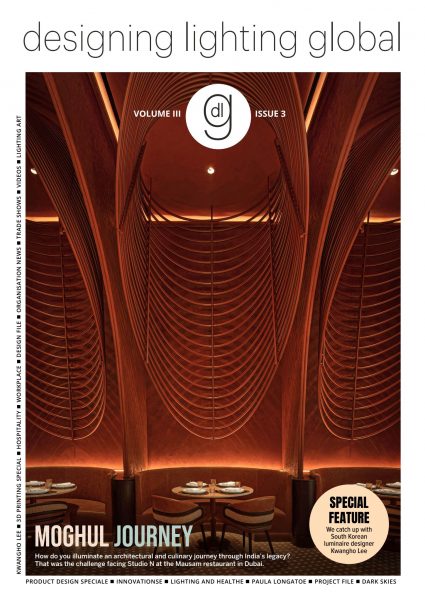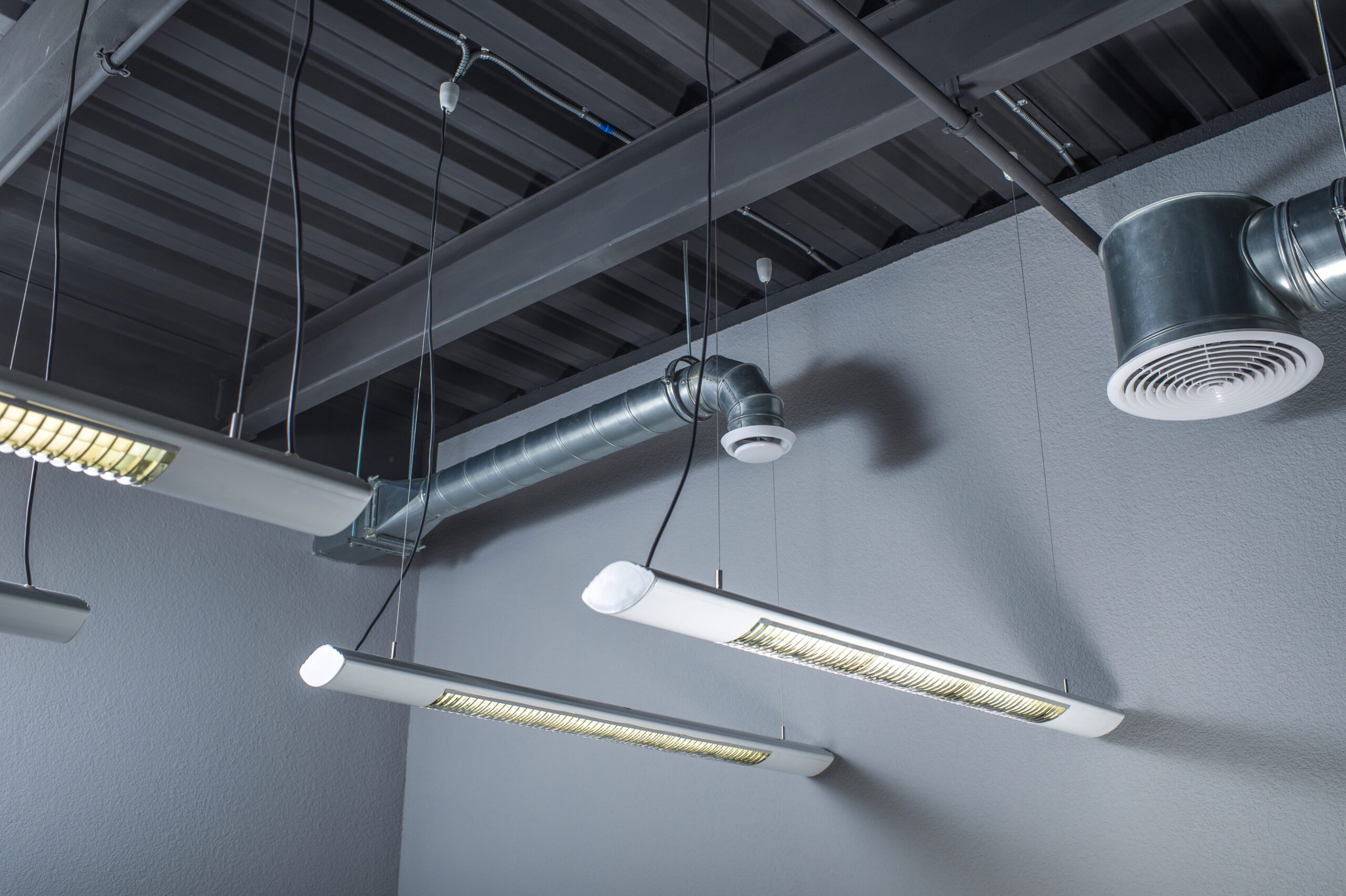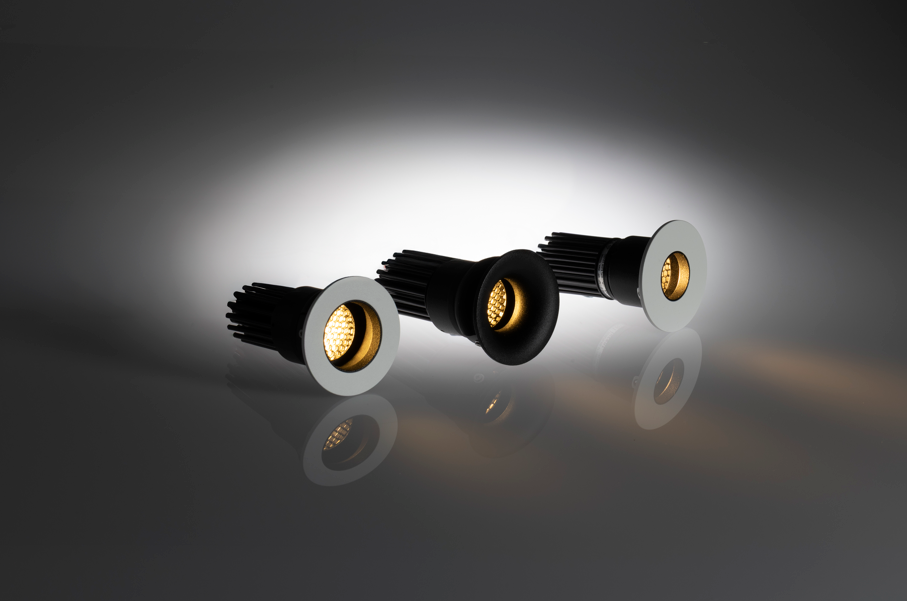Andy Davies, Mackwell’s Commercial Director, discusses the opportunities that the ban on fluorescent lights will open up for the emergency lighting sector.
After several years of delays, 2023 will see the phasing out of fluorescent lights with their removal from sale in the UK and Europe. This is under the Restriction of Hazardous Substances (RoHS) Directive, which aims to prevent the risks posed to human health and the environment from the management of electronic and electrical waste.
The driving factor behind the ban is the use of mercury in these lamps; a toxin that has been placed by the World Health Organisation (WHO) in the top ten worst chemicals for public health. Mercury also has damaging effects on the environment, which is another reason for the withdrawal of them from the lighting industry. The fact that LED technology has now reached a point where it can deliver substantial energy savings vs fluorescent and other traditional technologies is also a major factor.
Of course, retrofitting traditional light sources such as fluorescent lamps with LEDs is not new: Projects of this type have been widespread since LED first reached acceptable efficacy and cost level more than a decade ago. But with a substantial portion of the building stock already converted, combined with challenges posed by major issues such as the Covid-19 pandemic, its probably fair to say that such projects have slowed in more recent years.
It is highly probable, however, that with the fluorescent phase-out now almost upon us, the demand for retrofitting will rise once again. Not only will buildings need to forward plan for a time when replacement fluorescent luminaires are not available, the need to improve sustainability and move towards net-zero will become increasingly prominent, especially with huge recent hikes in energy costs.
As building owners and facilities managers move towards an upgrade of their lighting to reduce their dependence on fluorescent lighting, it is the ideal time to also upgrade their emergency lighting.
In order to comply with legislation, buildings must have emergency lighting, and it therefore makes sense to overhaul all of the lighting as part of the same programme of works. This not only reduces the amount of disruption when works are going on, it offers some economies of scale as contractors will be on-site anyway and is therefore an efficient use of their time.
There are several areas that building owners and facilities managers may wish to upgrade with regard to their emergency lighting. Firstly, emergency luminaires that are compatible with automated test and monitoring protocols, including DALI, DALI-2 and a range of wireless systems, offer a plethora of benefits. Not only will this reduce time spent on maintaining the luminaires and diagnosing problems, this approach aids compliance and improves safety.
In addition, the emergence of new battery technologies and sophisticated battery management systems has seen a number of benefits for users and facilities managers, such as longer warranties for both batteries and control electronics, as well as the ability to apply these over a wider range of applications.
Furthermore, with the need to plan for a future where fluorescent lighting cannot be sourced, but the demands for emergency lighting will always remain, there would be value in a full compliance audit. This would allow for the design of upgraded emergency lighting that embraces the newest technologies, delivering energy-saving and reduced costs.
While the ban on fluorescent lamps may cause some initial challenges, there are long-term benefits to be gained. The opportunity to upgrade a building’s emergency lighting will deliver savings with regards to energy and costs, as well as improved safety and better compliance – all of which cannot be overlooked.
Learn more here






